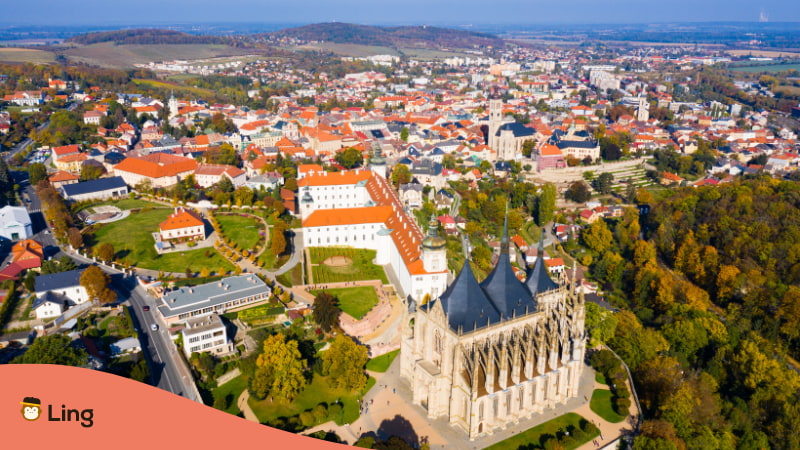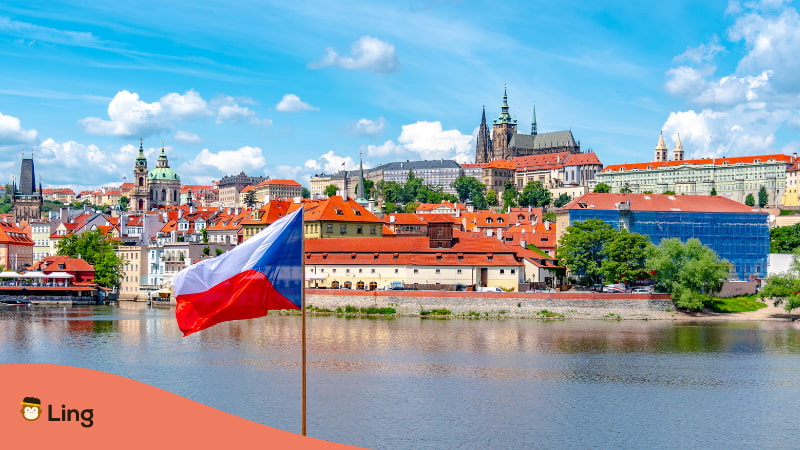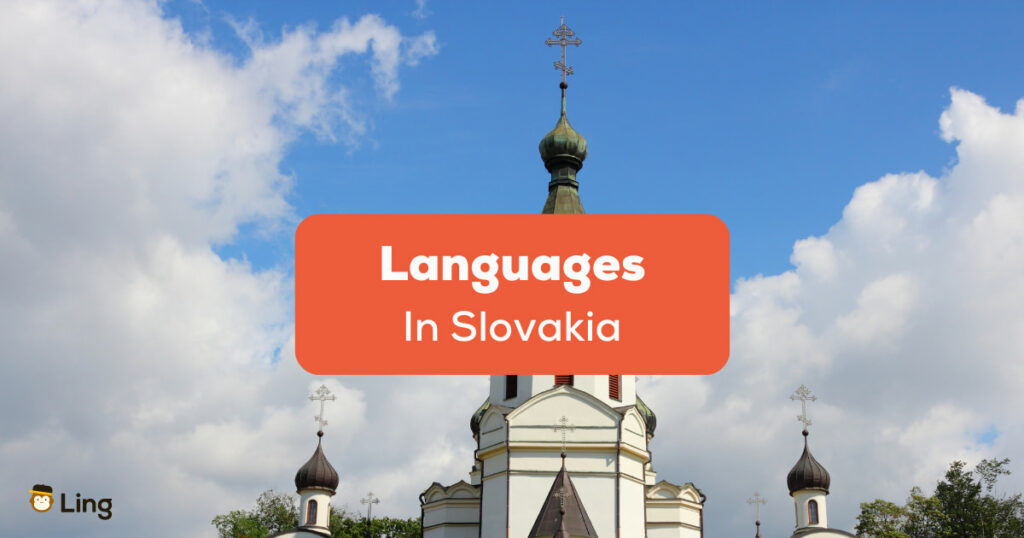Are you a beginner at learning the Slovakian language? You must have heard of the amazing scenery and the beautiful culture that they have.
We are back again to another insightful episode about the Sovak Language! You mastered so many phrases in Slovak in the past, vegetables, love words, transportation, etc. But let’s learn a little more about the home of the language itself- popular languages in Slovakia.
Let’s get started!
What Is The Slovak Language?
Slovak is the official language of Slovakia. The Slovak language is one of the West Slavic languages and part of the Czech-Slovak group, which is why Slovak and Czech are mutually intelligible. Both languages were descendent of the Proto-Slavic languages, deriving from the Proto-Indo-European.
85% of the whole population of Slovakia speaks Slovak. Even though the official standard Slovak is being taught in school, most of the native speakers have one of the Slovak dialects as their first language. The dialects are all mutually intelligible and are divided geographically – Central, Western, and Eastern Slovak.
Slovak uses the Latin alphabet (since Latin influenced the language) and also includes other symbols in the alphabet. Interestingly, even though the oldest records of Slovak being used can be found in the 10th century, in legal and religious texts written in Church Slavonic, there was no dictionary of Slovak until 1987.
While the language is mainly used in Slovakia, there are still Slovak native speakers that can be found in other countries like Serbia, the Czech Republic, Hungary, Poland, and others.
What Are The Languages Closest To Slovak?
Regardless of Slovak having priority over other languages as the official language, due to historical reasons, there are still other languages used by ethnic minorities.

Czech
Since the Slovak Republic used to be a part of former Czechoslovakia, the use of Czech is pretty common among the Slovakians. The Slovak Republic and the Czech Republic went their own separate ways after the Velvet Divorce on the first of January 1993.
Scholars have been debating whether Czech and Slovak should be called different languages or a language developed into separate languages at some point in the past, especially since both languages are closely related to the point where speakers from each language can have a proper conversation with each other.
| English | Slovak | Czech |
| Thank you | Ďakujem | Děkuji |
| Welcome | Vítajte | Vítejte |
| How are you? | Ako sa máš? | Jak se máš? |
| Please | Prosím | Prosím |
| Woman | Žena | Žena |
| Is that coffee? | Je to káva? | Je to káva? |
| Do you need help? | Potrebuješ pomoc? | Potřebuješ pomoc? |
| Where is the police station? | Kde je policajná stanica? | Kde je policejní stanice? |
Hungarian
Before 1918, the Slovakia lands used to be part of the Kingdom of Hungary, along with Austria. Now, especially due to Hungary being Slovak’s neighbor in the south, many Hungarians have settled down and created a community for themselves in the southern part of Slovakia. As a result, they are the largest ethnic minority within Slovakia, with a total of 8.5% of the population, and the people speak and write Hungarian. Hence it also holds official status in Slovakia. Fun fact, the Hungarian language borrowed many words from neighboring Slavic languages, so you might notice some tiny similarities between Hungarian and Slovak.

Other Minority Ethnic Languages In Slovakia
In Slovakia, as long as 15% of people in a municipality speak a minority language, it can earn a co-official status. Hence there are other languages used by ethnic minorities that are recognized by the Slavs. This includes Rusyn (0.6% of the population), Polish, Ukrainian, and Roma (2%), German (spoken by 22% of the population), and Russian (spoken by 17% of the population).
Sign Language
The Slovak Sign Language is native to the country, with a total of 15 000 users. The deaf community in Slovakia uses it as the primary mode of communication. Despite being very close with the Czech Republic regarding spoken languages, the sign language from both countries is quite dissimilar.
Foreign Languages
Slovakia is one of the most popular countries and also a leading country in Central Europe. They have a large population that masters other languages. At one point, Russian was taught as a study language in Slovakia; hence it is the most popular foreign language among the Slavs since the majority understand it. German is also well known among the highly educated and Slovakian youth. Russian and Russian are followed by English, a language that is gaining popularity among the younger generation.
Related Vocabulary For Languages In Slovakia
| English | Slovak |
| Slovak | Slovenský |
| Slovakia | Slovensko |
| Language | Jazyk |
| Speak | Hovor |
| Russia | Rusko |
| Russian language | Ruský jazyk |
| Czech republic | Česká republika |
| Czech | České |
| Hungary | Maďarsko |
| Hungarian | Maďarský |
| German | Nemecký |
| Germany | Nemecko |
| Sign language | Posunková reč |
| English language | anglický jazyk |
| Poland | Poľsko |
| Polish | Poľský |
| Ukrainian | Ukrajinský |
| Ukraine | Ukrajina |
To Learn Or Not To Learn Slovakian? Start With The Ling App!
That is the question. The answer is definitely YES. Especially when you have the Ling app to make it easier. Ling can help you acquire a new language at your own convenience. Yes, you have passed the age where you can absorb the language easily; and yes, the critical age to learn a language is during childhood.
But why does it matter? Many polyglots out there learn new languages after they turn into adults. Studies show that there are many benefits to learning languages during adulthood, and one of them is that the timespan to learn a language is shorter than a child’s learning span.
Guess what? You can minimize the learning time span by utilizing all the tools and exercises. The Ling app offers a user-friendly way to learn more than 60 languages. Master grammar, vocabs, phrases, pronunciations, and other aspects of language learning at your own time and pace. Have you thought about learning Slovak or other languages anywhere? Then download it now on the Play Store or App Store!
It would absolutely help you master Slovak for your next trip to Slovakia, and maybe you get to use the same language to converse with Czech people at the same time! Kill two birds with one stone!



































































